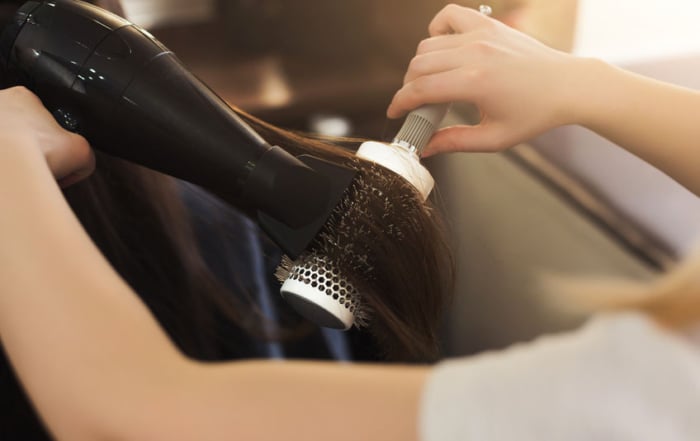When Bone Spurs Get Out Of Hand
Bone spurs are bony outgrowths that form around the joints where bones meet. As people age, joints wear down and bones may begin rubbing against each other. Also known as osteophytes, bone spurs are smooth and hard bone bumps that can form on shoulders, hips, knees, heels, neck, and hands. As a degenerative bone condition, bone spurs can worsen with time without treatment.

What causes bone spurs?
Bone spurs in the hand can be caused by a variety of reasons, but the main cause is advanced osteoarthritis (OA). OA can affect all joints in the hand including fingertips, middle knuckles, and the basilar joint that connects the thumb and the wrist. OA is characterized by a breakdown of joints that reduces the cushioning between bones. Other conditions such as lupus, rheumatoid arthritis, gout, and any physical injury to the area can cause joint damage. When bones begin to rub together or after an injury to the joint or tendon, the body can attempt to heal the bone by adding bone to the affected area. Other factors that can affect joint and bone health include overuse, genetics, diet, and obesity.
Symptoms
The symptoms of bone spurs in the hand depend on which joints are affected. Usually, symptoms for bone spurs in the hand include an aching feeling when using hands or wrists. Affected individuals may also notice a particularly strong joint stiffness in the morning that may persist throughout the day. A person’s hand may also display a limited range of motion, weak grip, swelling, and tenderness.
Arthritis treatment
Unfortunately, there is no cure for bone spurs in the hands, but patients can take medications and perform complementary therapies to reduce discomfort and pain. A doctor must first diagnose bone spurs in the hand using an x-ray, CT scan, or MRI. Doctors may recommend over-the-counter pain medications to reduce the sensitivity to pain and inflammation. Other arthritis-related bone spur treatment options include steroid shots to reduce inflammation and pain in the joints. Finally, resting, physical therapy, and a healthy diet can round off a comprehensive treatment plan.
Surgical options
When mild-to-moderate treatment options don’t work or when bone spurs affect nerve communication, patients can turn to surgery to remove the additional bone growth. Surgeons can perform a complete joint reconstruction or fuse the bone to the joint, which may reduce range of motion in the affected area.
Bone spur prevention
Bone spurs in the hands can form as people age and develop arthritis. Bone spurs, however, aren’t an inevitability. Individuals can consume a diet rich in vitamins and minerals for bone health and regular physical exercise to strengthen bones. Finally, catching bone spurs early can prevent permanent damage.




